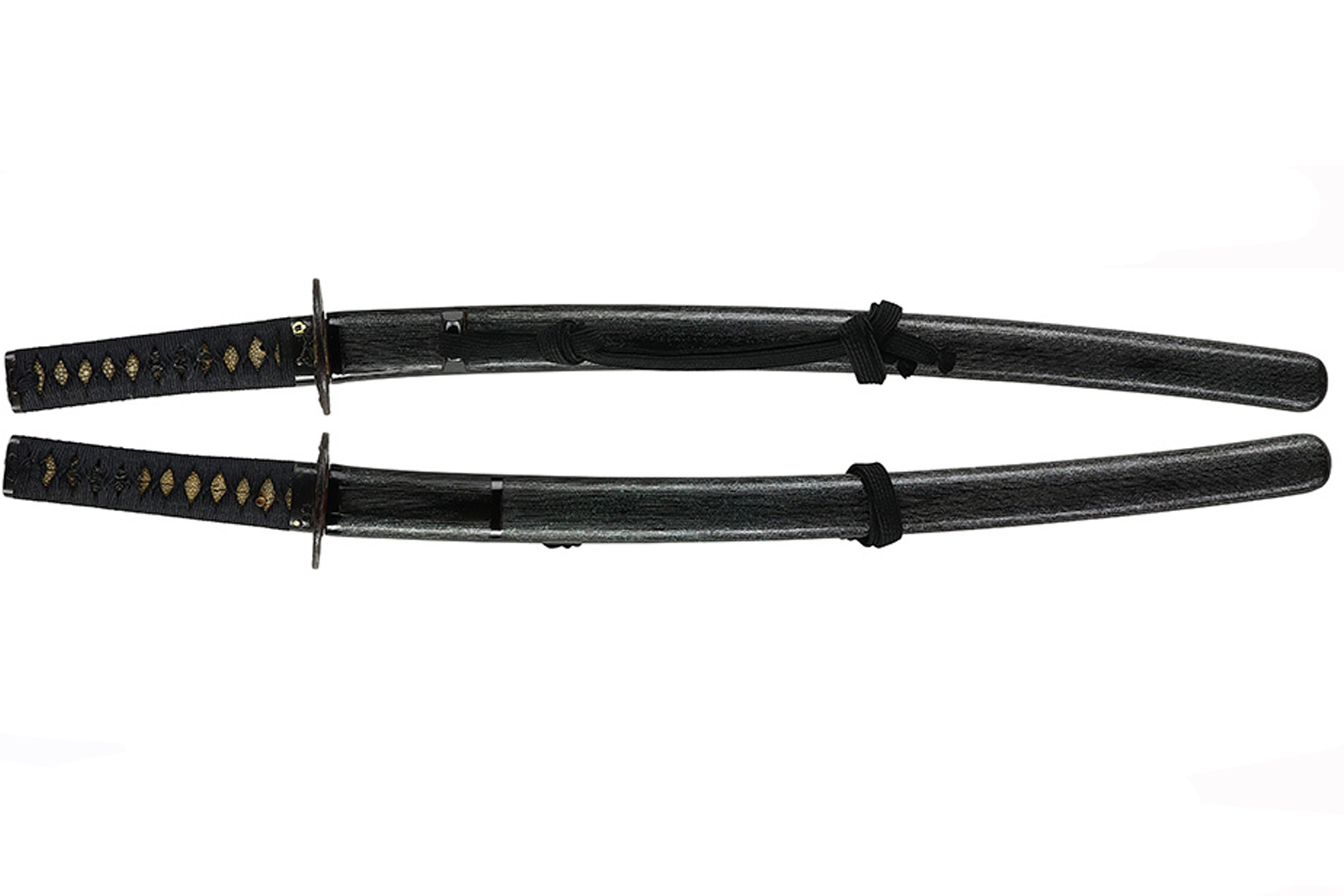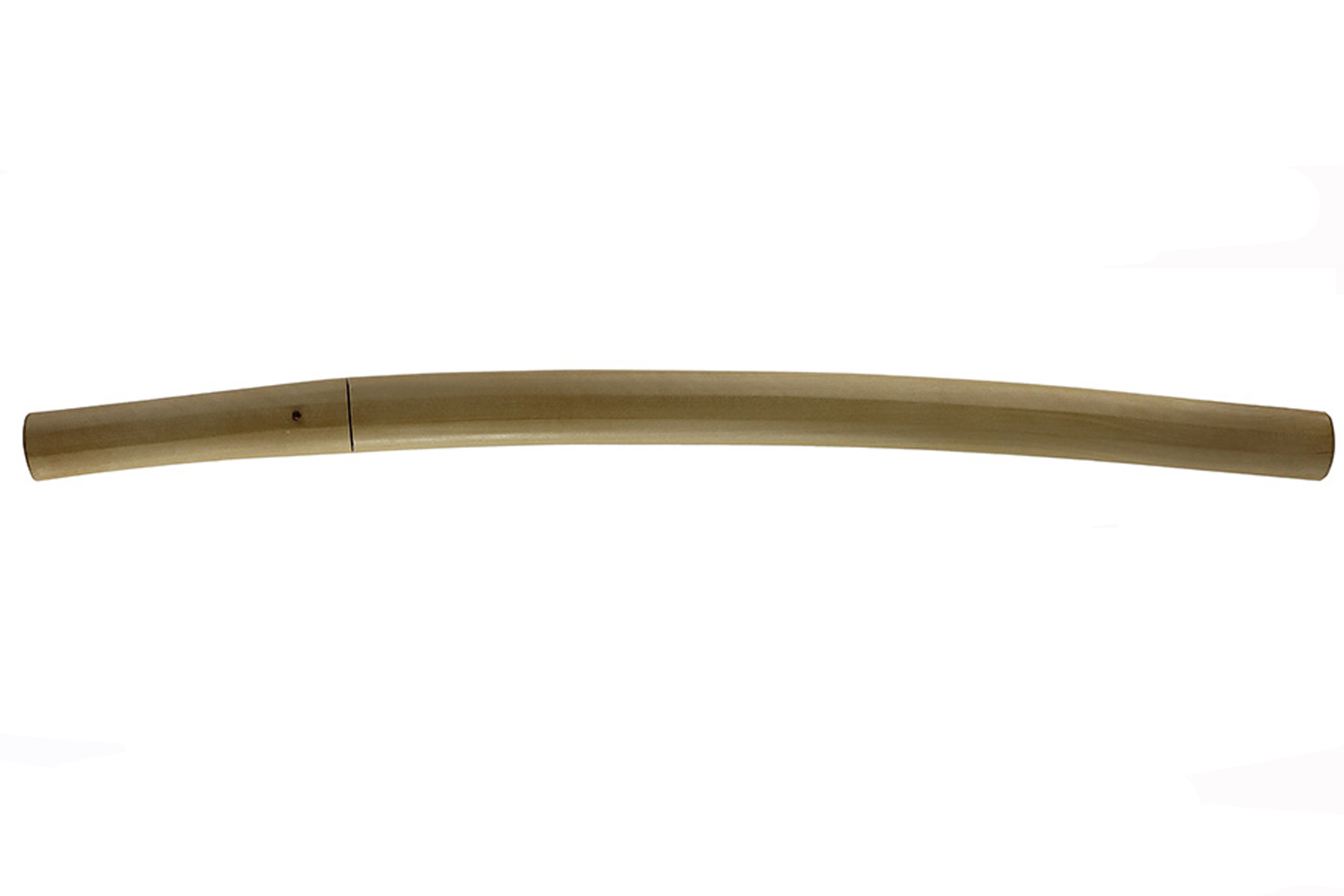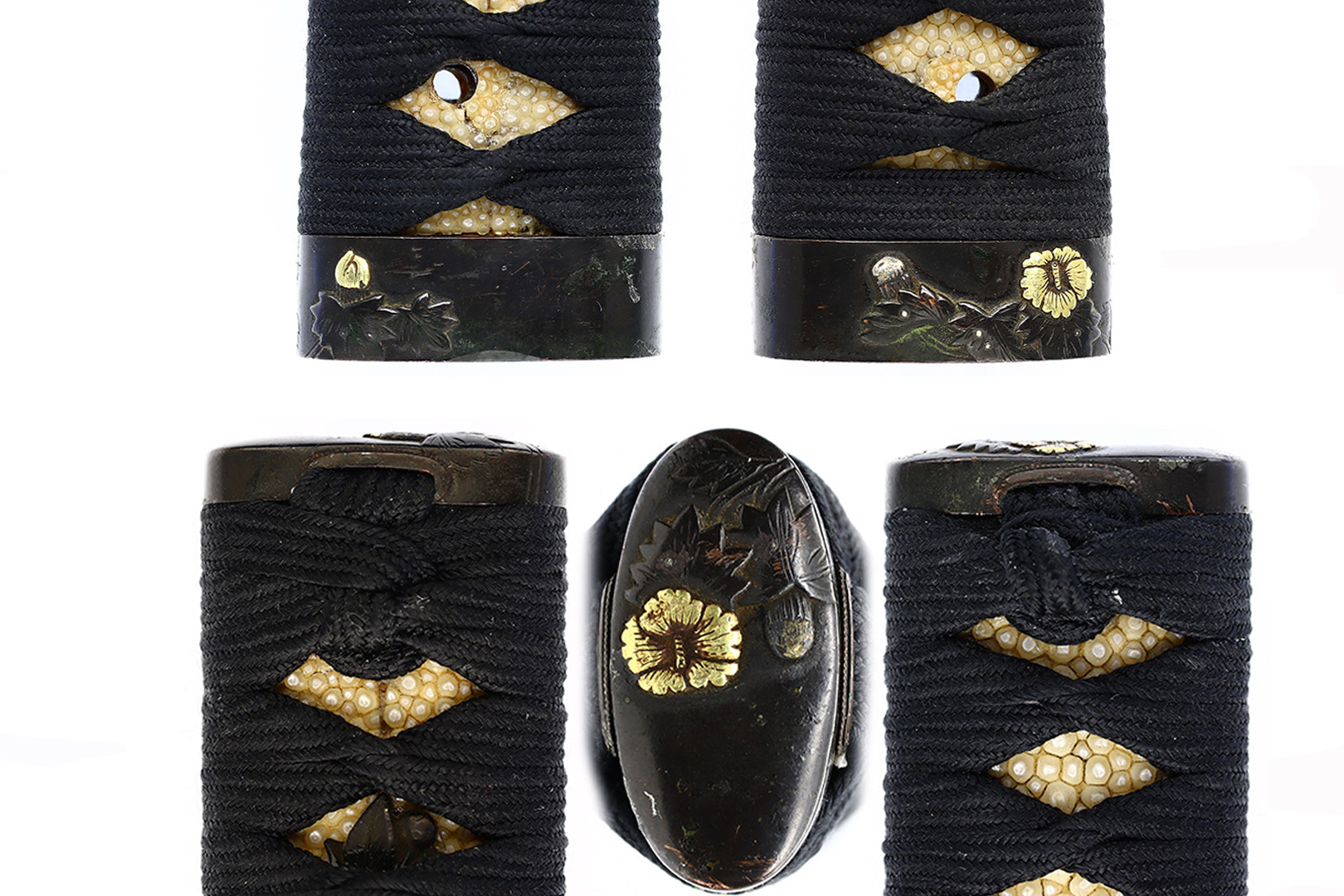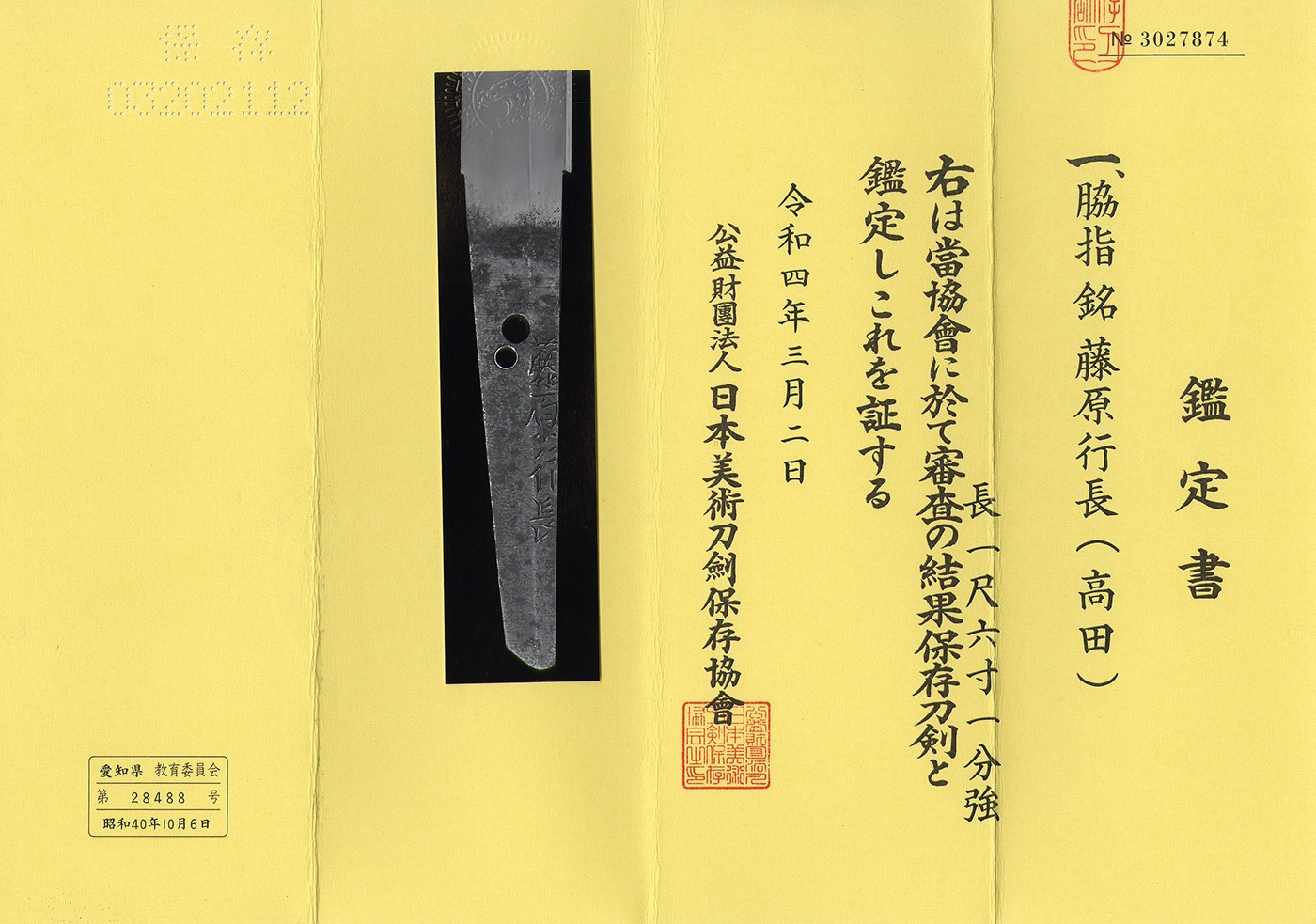- New
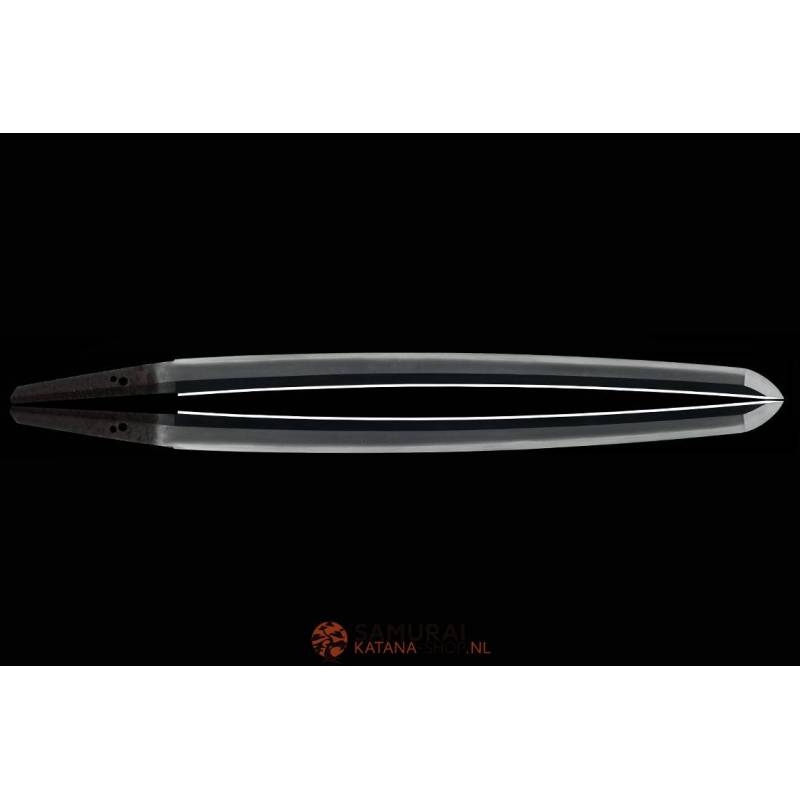



















Buy a real Wakizashi from Japan from Fujiwara Yukinaga with ko-itame hada and suguha hamon from the Manji period (1658).
Fujiwara Yukinaga Wakizashi + NBTHK Hozon
A real Wakizashi from Japan by Fujiwara Yukinaga with ko-itame hada and suguha hamon from the Manji period (1658).
This is a high-quality sword by Fujiwara Yukinaga from the early Shinto era. Fujiwara Yukinaga came from the Bungo Takada region and this wakizashi was made around 1658. Fujiwara Yukinaga follows the lineage of the Takada school. The craftsmanship of the Fujiwara Takada school is very varied with a composition of the great schools of Bizen, Soshu, Yamashiro and Yamato and the three most important smiths of muneyuki, Shigeyuki and yukinaga therefore also deserve the honor they are due. These swords are known as very sharp with "Yoki-wazamono" cutting performance.
According to the nihonto meikan guide, the blacksmith YUKINAGA 行長 was active from Kanei to Manji (1624-58) and lived in Tsurusaki.
A sword blade forged from traditional tamahagane according to the Japanese katana tradition. The blade has a well-forged ko-itame hada with attractive veins. This wakizashi has a deep sori with an elegant leaf and chu kissaki. A deep color jigane or steel with a suguha hamon in ko-niedeki. Nezumiashi and Yo can be seen in the hamon.
An ubu nakago, in original condition with 2 mekugi ana. The Nakago is the tang of the Japanese sword and the swordsmiths left the black rust on the tang so that it prevents red rust while the tang remains in the handle. You should never remove this rust because it is a good indicator for a Japanese sword specialist to estimate when the sword was forged.
Koshirae
A black aogai-chirashi saya with masame structure and black sageo.
A round iron tsuba with floral motif. The matching fuchi and kashira in shakudo with flowers. The menuki also has a floral scene.
All in all, a professional wakizashi who rightly obtained his NBTHK papers.
Specifications:
Blade length: 48.9 cm
Sori: 0.9 m
Width at the hamachi: 2.88 cm
Width at the Kissaki: 2.23 cm
Kasane: 0.67 cm
Weight: 470 grams
A once-in-a-lifetime opportunity to purchase an authentically made Japanese short sword (wakizashi). A unique and beautiful piece of history from Japan and what an honor to be able to sell this. This Nihonto deserves a place somewhere where it will be treated with honor and respect.
Regardless of the fact that this is a great sword to display in your home, I can tell you with certainty that it is a good investment and will hold its value. The NBTHK has provided this sword with the necessary papers. This Wakizahsi or short sword is provided with NBTHK Hozon Token papers.
You can read more about this here, if a katana receives a Hozon certificate, this is already exceptional
Including Oshigata. Oshigata is a drawing of the blade that records all the metallurgical activities of the blade so that a good picture of the unique katana is created.
Including the Shira-saya, the Shirasaya was used to store various types of Nihonto.
This is an antique sword and is therefore subject to the test of time and this will therefore be visible in some places.
Naturally provided with NBTHK Hozon Token papers which guarantee authenticity.
Never touch the katana with bare hands
Do not breathe in the direction of the blade
Do not rest the Katana on the kissaki
When indicating the katana, do not point the point and edge towards the indicated person
.jpg)
